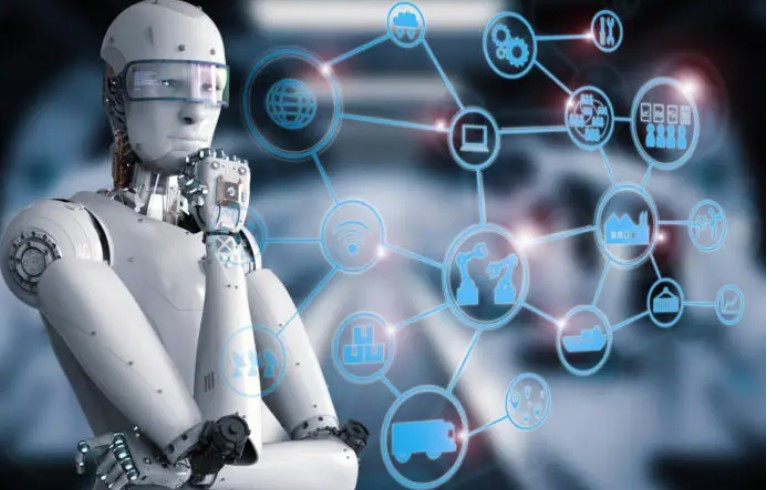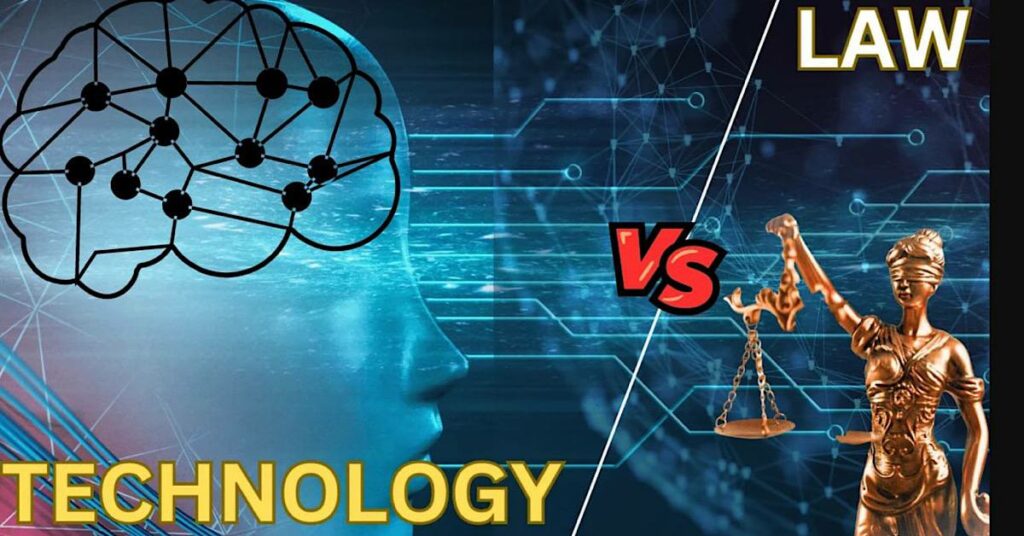In contrast to the natural intelligence displayed by humans and animals, artificial intelligence (AI) technology, also known as machine intelligence, is intelligence demonstrated by machines.
The term “Artificial Intelligence” was proposed by John McCarthy (Dartmouth College), Guest Posting Marvin Minsky (Harvard University), Nathaniel Rochester (IBM), and Claude Shannon (Bell Telephone Laboratories) on August 31, 1995, and it was officially announced in 1956 as “Every aspect of learning or any other feature of intelligence can in principle be so precisely described that a machine can be made to simulate it.” An attempt will be made to figure out how to make machines use language, form abstraction and concepts, solve problems that are currently reserved for humans, and improve themselves.”
Artificial Intelligence (AI) is a machine that can solve problems that humans normally solve with our natural intelligence.
The original 7 Artificial Intelligence Aspects (1995)
- 1. Simulating higher-level human brain functions.
- 2. Creating a computer program that uses the general language.
- 3. Arranging hypothetical neurons in a way that allows them to form concepts.
- 4. A method for determining and measuring problem complexity.
- 5. Personal development.
- 6. Abstraction: The ability to deal with ideas rather than events.
- 7. Unpredictability and creativity.
We had completed the language’s major problem complexity and self-improvement to at least some degrade after 65 years. However, randomness and creativity are only now being investigated. We’ve seen a couple of web-episode groups show films, and even a feature-length film written entirely by AI (AI).
- “SURPRISING,” a sci-fi short film written entirely by artificial intelligence, was released in 2016. (AI).
- An episode of “PBS Idea Channel” written by artificial intelligence (AI).
According to “Jack Copeland,” an author of several Artificial Intelligence books (AI).

Some of the most important aspects of Artificial Intelligence (AI) are as follows:
- 1. Generalization learning: Learning that enables learners to perform better in a previously uncounted situation.
- 2. Reasoning: A draw conclusion is appropriate for the situation at hand.
- 3. Problem-solving: Given this and that data, determine X.
- 4. Perception: Examining features and relationships between objects in a scanned environment. Consider self-driving cars.
- 5. Language comprehension: Understanding language by mimicking human syntax and rules.
Machine learning, computer vision, natural language processing, robotics, pattern recognition, and knowledge management are a few examples of Artificial Intelligence (AI).
In terms of approach, there are two types of artificial intelligence.
1. AI (Artificial Intelligence): AI (Artificial Intelligence) simulates human brains. A+ in every way. I can perform any task as well as or better than a human. For example, when a machine hears the phrase “Good morning,” it begins to associate it with the coffee maker turning on to make coffee. If the computer has the capability, it could theoretically hear the phrase “Good morning” and decide to start the coffee maker.
2. Weak Artificial Intelligence (AI): A weak artificial intelligence (AI) system is a simulation of human intelligence that operates within a limited context. Amazon’s Alexa, Apple’s Siri, IBM’s Watson, self-driving cars, chess-playing AI, and many more are examples. Weak A.I can only produce human-like results.
Artificial Intelligence in the Real World (AI)
Section (A)
1. Artificial Intelligence in Robotics: Artificial Intelligence plays an important role in robotics. General robots are programmed to perform repetitive tasks, but with the help of AI technology, you can create intelligent robots that can perform tasks on their own without being pre-programmed. Humanoid robots, such as Sophia and Erica, have been developed to mimic human behavior.
2. Artificial Intelligence in Education: Artificial Intelligence can automate the grading system, giving teachers more time to teach. As a teaching assistant, an AI chatbot can communicate with students. In the future, AI technology could serve as a personal virtual tutor for students, which would be easily accessible from anywhere at any time.
3. Artificial Intelligence in the Gaming Zone: Artificial Intelligence technology has become an essential component of the gaming industry. Artificial intelligence machines can play tactical games such as chess, in which the machine must consider a large number of possible locations. Other examples of artificial intelligence in the gaming industry include the first-person shooter video game First Encounter Assault Recon, also known as F.E.A.R.
4. AI in Agriculture: Agriculture requires a variety of resources, including labor, money, and time, to produce the best results. Agriculture is currently becoming digital, and AI technology is emerging in this field. Agricultural robotics, solid and crop monitoring, and predictive analysis are all being used in the agricultural sector. AI technology in agriculture can be extremely beneficial to farmers. Automation and robotics are being used in agriculture to assist farmers in finding more effective ways to protect their crops from weeds.
5. AI in Healthcare Sectors: AI technology is being used in the healthcare sector to perform better and faster analyses than humans. AI technology can assist doctors with diagnoses and can alert doctors when patients are deteriorating, allowing medical assistance to reach the patient before hospitalization. With the help of AI technology, a company called “Cambio Health Care” created a clinical decision support system for stroke prevention for patients that can alert doctors when a patient is at risk of having a heart attack.
Section (B)
6. AI in Social Media: Social media platforms such as Facebook, Twitter, and others contain billions of user profiles that must be stored and managed in a highly organized manner. Thistechnology is capable of organizing and managing massive amounts of data. AI technology can analyze large amounts of data to identify the most recent trends, hashtags, and user needs. Artificial intelligence (AI) technology is constantly transforming social media channels, from improving user experience to finding more effective ways to market products.
7. AI in Finance: Most financial institutions are turning to AI technology to improve their stock trading performance and increase profits. AI technology and finance are the best complementary industries. Chatbots, automation, adaptive intelligence, and machine learning are being integrated into financial processes.
8. AI in Banking Sectors: AI technology is being used in banking sectors to provide customer support, detect credit card fraud, and many other things. For instance, HDFC Bank has collaborated with Bengaluru-based Sense forth AI Research to develop an AI chatbot called EVA (Electronic Virtual Assistant).
9. AI in Astronomy: AI technology has the potential to be very useful in solving complex universe problems. Artificial intelligence can help us understand the universe, such as how it works and when it was created, among other things.
10. AI in Data Security: Most organizations are more aware of the value of their data and place greater emphasis on protecting it than ever before. With cyberattacks becoming increasingly dangerous, there has never been a better time to implement AI-powered security tools. These tools are capable of preventing unauthorized access to or damage to valuable data.
Conclusion:
Artificial intelligence technology has the potential to completely transform business. The goal of AI research has always been to simulate human intelligence artificially. The AI system learns how to solve problems from massive data sets on its own.







